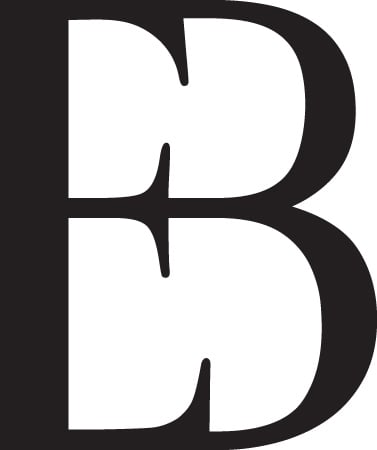Last night my wife and I watched “Tim’s Vermeer,” a documentary about an inventor who set out to prove that part of the remarkable virtuosity of Johannes Vermeer’s work may be explained by his use of technology to turn himself into a human camera. The hypothesis of the film is that Vermeer utilized a combination of a variation of camera obscura along with an angled mirror to ensure perfect color and tone fidelity, along with fine detail.
Regardless of whether or not one agrees with this hypothesis, it is clear that many find the idea of one of the greatest painters using technology to facilitate his art abhorrent. The idea is that if Vermeer used the techniques described in the film to arrive at stunning accuracy in his paintings, he was somehow “cheating.” While I tend to smirk at the idea of someone innovating a new optical method for increased realism in painting that nonetheless required countless hours of meticulous work and others calling it “cheating,” I think that this idea does serve to illustrate the value we place on challenge in art.
If one can “cheat” in art, there is the implication that producing art through difficulty, or via talents or skills that most cannot achieve, conveys value beyond the intrinsic qualities of the finished product. That this value is commonly-accepted may be observed any time someone pays a premium for “hand-made” or “artisanal.” Alternately, we can see this concept of value illustrated any time a figure skater receives lower marks despite a flawless performance because she didn’t push for that extra axle.
Yet as a technology-driven medium, photographers often have mixed feelings about “the hard way.” Perhaps stemming from the insecurity we all have that our art might just be looking through a viewfinder and pushing a button, we vacillate wildly between fetishizing costly, horrifically laborious alternative processes and announcing glibly that “we’ll just fix it in post.”
I wish I could offer a neat algorithm or criteria to differentiate when cheating matters in photography. I’m tempted to offer the old supreme court definition of pornography: “I’ll know it when I see it.” But probing a little deeper, I find that feelings of “cheating” usually well up when a shortcut or technique compromises the authenticity of a piece: when it pretends to be something other than what it is. I can respect work that is comfortable in its own skin rather than attempting to claim merits from other processes or implying efforts that were not undertaken
The Love Letter by J. Vermeer

